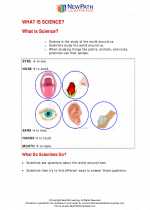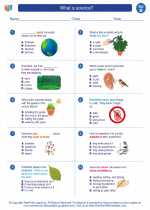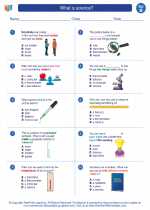What is Electricity?
Electricity is the flow of electric charge. It can be generated by the movement of electrons in a conductor, such as a wire. This flow of electric charge can be harnessed to power various devices and systems.
Types of Electricity
There are two main types of electricity: static electricity and current electricity. Static electricity is when electric charges build up on an object without flowing. Current electricity, on the other hand, is the continuous flow of electric charge through a conductor.
How is Electricity Generated?
Electricity can be generated in various ways, including through the use of generators, batteries, and solar cells. Generators use mechanical energy to produce electricity, while batteries convert chemical energy into electrical energy. Solar cells, also known as photovoltaic cells, convert sunlight directly into electricity.
Electric Circuits
An electric circuit is a path along which an electric current can flow. It typically consists of a power source (such as a battery or generator), conductors (such as wires), and a load (such as a light bulb or appliance) that uses the electrical energy.
Conductors and Insulators
Conductors are materials that allow electric charges to flow through them easily. Common conductors include metals like copper and aluminum. Insulators, on the other hand, are materials that do not allow electric charges to flow through them easily. Examples of insulators include rubber, plastic, and glass.
Electrical Safety
It's important to practice electrical safety to prevent accidents and injuries. This includes avoiding overloading electrical outlets, using insulated tools when working with electricity, and never touching electrical appliances with wet hands.
[Electricity] Related Worksheets and Study Guides:
.◂Science Worksheets and Study Guides Second Grade. What is science?

 Worksheet/Answer key
Worksheet/Answer key
 Worksheet/Answer key
Worksheet/Answer key
 Worksheet/Answer key
Worksheet/Answer key
 Vocabulary/Answer key
Vocabulary/Answer key
